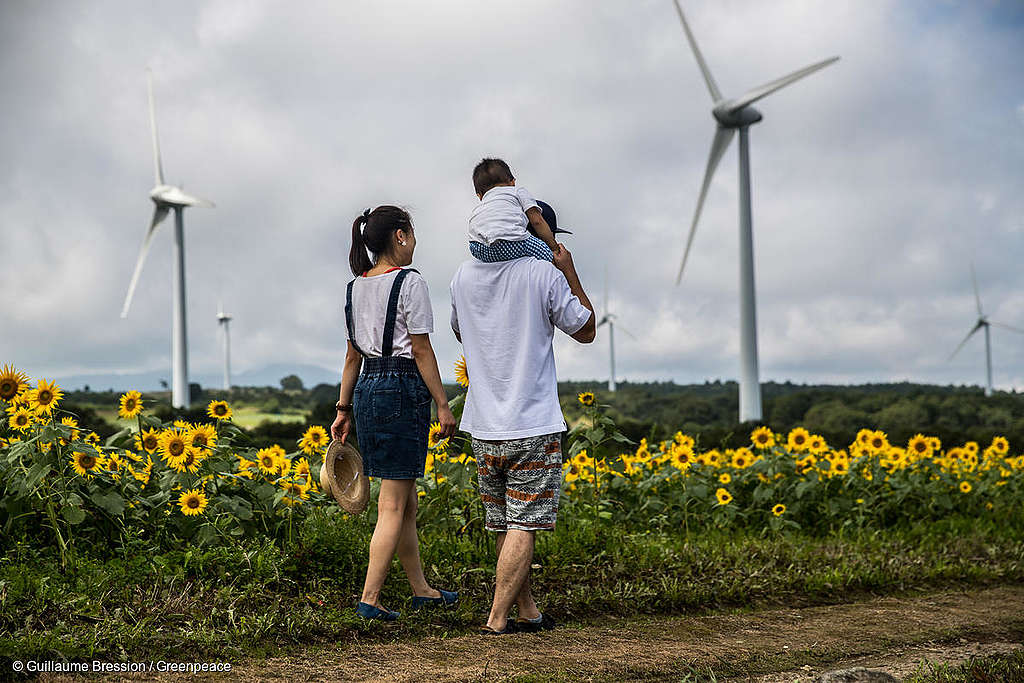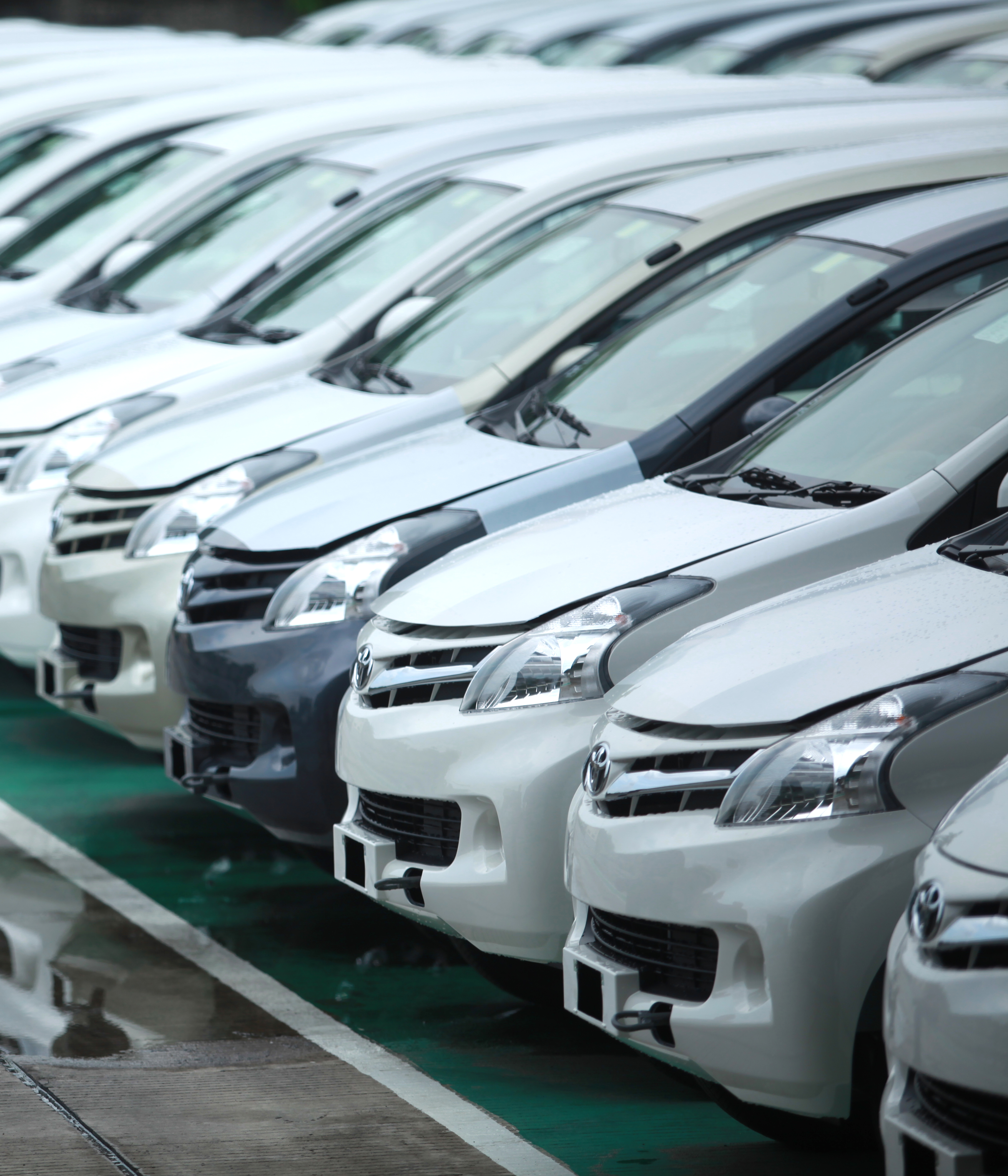Terrifying scenarios of coastal cities submerged underwater have long been seen as an impending consequence of the climate emergency. Perhaps you are wondering if global sea levels are affected and rising at all?
The answer is: yes, it definitely is. The evidence is indisputable. Years of data from satellites that record ocean heights across the planet show that sea levels are not only rising, but they are rising at a much faster rate than previously thought.
We unpack what that means, why it’s happening, and, most importantly, what we can do about it.
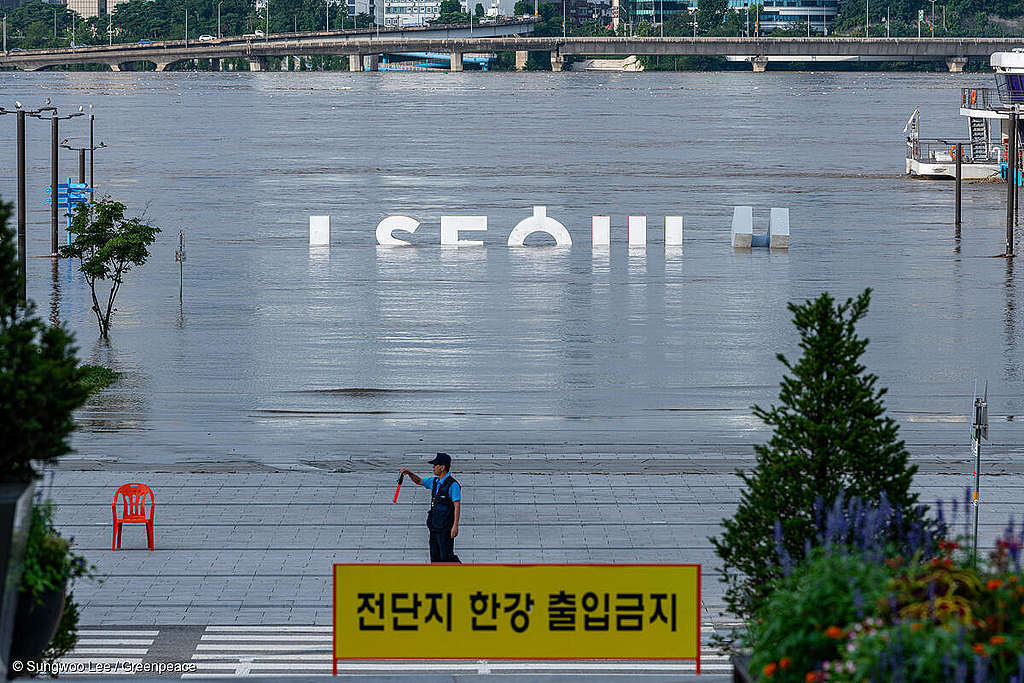
What is sea level rise and how fast is it rising?
Sea level rise is exactly what it sounds like — the mean level of the world’s oceans is rising. There are two main reasons why sea level rise is occuring, and both are connected to the climate crisis.
As average global temperatures rise in large part due to the burning of fossil fuels and the emission of other greenhouse gases, the oceans are absorbing some of this extra energy. When water gets warmer, it expands, which is what is happening in our oceans. Some of that expansion occurs in an upward direction, hence sea level rises. In addition, land-based glaciers and ice sheets are melting at an unprecedented rate because of global temperature rise. Some have even disappeared. Meltwater flows into the oceans, which then rise further Meltwater is now thought to be the dominant driver of sea level rise. Now the question is, how fast are sea levels rising?
Sea levels have been creeping up since the late 60s and are currently rising by approximately 4.8 mm per year. However, a 2019 Intergovernmental Panel on Climate Change (IPCC) report had put the global rise at 3.6 mm per year between 2006 and 2015. Climate scientists and oceanographers believe the accelerated rise is due to how fast Greenleand’s ice sheet is melting. Sea level rise shows no signs of slowing down soon if the world continues to burn fossil fuels and drive the climate crisis. The IPCC estimates that global mean sea levels could rise by as much as 84cm between 2019 and 2100. That’s almost one metre in length- the average height of a kitchen countertop!
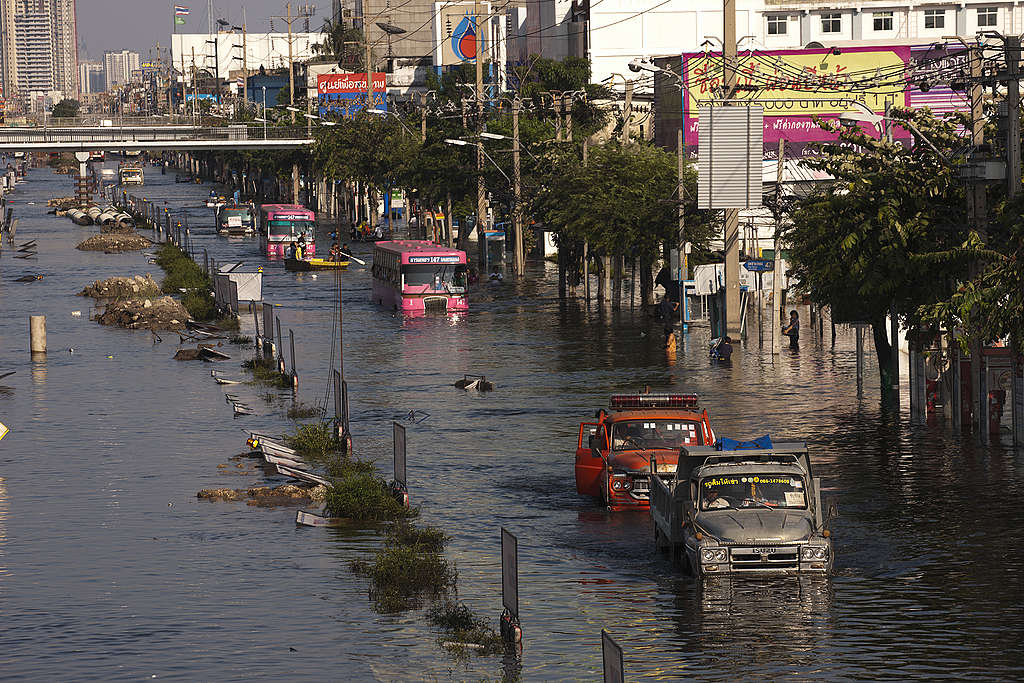
So what if sea levels rise?
One metre might not sound like a lot, but it could spell disaster for people living near the ocean. Around 11% of the world’s population in 2010 were living in coastal areas less than 10m above sea level.
As sea levels rise, low-lying coastal areas are at greater risk of being flooded. That also means that freshwater resources used for drinking water could become contaminated by saltwater.
The climate crisis also makes extreme weather events more common and more intense, and with the ocean levels higher, coastal areas are at much greater risk of being battered by devastating storm surges and extreme high tides. On top of this, climate modelling projections indicate that within this century, storms are expected to become more intense, wind speeds to become more harmful and storm surges to become more damaging. This could mean that people lose their homes, livelihoods and even their lives.
The IPCC estimates that by mid-century “many low-lying coastal areas at all latitudes will experience such events annually.” That would spell disaster to a lot of people. An estimated 600 million people live in low-lying coastal regions are at risk of flooding events that could potentially be caused by a rise in sea levels.
In addition to human lives, sea level rise poses serious threats to wildlife and ecosystems. Flooding and storm surges could also cause massive economic losses through the destruction of infrastructure and local economies.
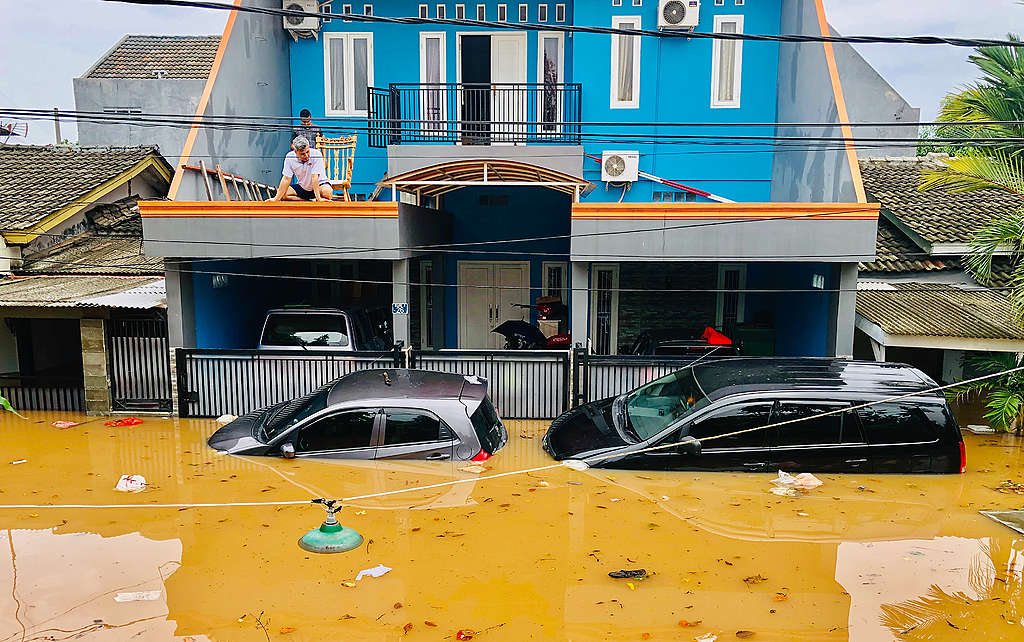
What can we do about it?
We are experiencing a climate emergency, and we cannot afford to be complacent and continue with ‘business as usual’. One important action we can do now is to acknowledge the climate crisis and heed the science. While weather systems are complex, there are science-based modelling techniques and reliable data that can predict sea level rise scenarios. Once we know what could happen, governments are in a better position to take action to prevent it from happening.
A new Greenpeace East Asia report, The Projected Economic Impact of Extreme Sea-Level Rise in Seven Asian Cities in 2030 [link], looks at the environmental and even the economic impacts of extreme sea-level rise and coastal flooding in seven major cities in Asia by 2030.
We modelled the potential areas, population and GDP of cities like Bangkok, Jakarta and Manila. We considered business-as-usual scenarios (looking at global fossil fuel emissions increasing at the current rate) and the premise that in 2030 there would be sea-level rise and coastal flooding.
Our study estimates that 15 million people could be affected and that USD724 billion in GDP could be impacted in 2030 from these seven cities alone.
The Paris Agreement has already put in place a framework for countries to take appropriate measures to combat the climate crisis, which is a crucial first step to avoid a 1.5°C increase in global temperatures. But actions and pledges are not coming fast enough, nor are they ambitious or even binding enough.
We need governments to honour their agreements and reduce their emissions to limit the temperature increase to 1.5°C. Governments must:
- Implement more ambitious targets to reduce carbon emissions
- Cancel all new coal-fired power plants, phase out existing plants more quickly, and focus on the development of renewable energy
- Cut all financing for overseas fossil fuels
- Halt all deforestation and conversion of peatlands
- Ensure that cities and communities are strong and resilient. Climate adaptation measures include updating infrastructure, establishing early warning systems, decentralizing information about climate impacts, and building up community-based disaster risk reduction and response to climate impacts.
The threat of rising sea levels is daunting, but it’s important not to feel helpless. Much like the pandemic response- where world leaders dropped everything to prioritise and address the health crisis within just one year- the climate emergency also needs urgent and decisive collective action.
Organizations like Greenpeace, along with global youth activists continue to raise the alarm and to advocate for a clean renewable energy future. Financial institutions are already onboard with science and are changing their business models to contribute to climate solutions.
Change is finally happening from the ground up. The fact that you are reading this, support Greenpeace’s work, and (we hope) share this blog to others, inspires us to continue fighting for a sustainable world with a more stable climate.
We need your help to keep the pressure on. Use your voice and be part of a bigger movement that demands collective climate action for our future.
